Fibres need to be washed well to remove the lanolin, and soaked in clean water before being added to the dye bath.
For a 1 gallon dye vat, tear 250g of fresh woad leaved into small pieces and put them into the dye pot, until a cherry colour appears.
Strain it and allow it to cool to 50c. It must not be hotter.
Add some washing soda to hot water and dissolve it.
Add the dissolved washing soda to the vat to turn it to a greeny brown colour.
To check the colour, the pH should be between 9 and 10.
Whisk the liquid until blue bubbles form on the surface. It usually takes 10 minutes.
Heat back to 50c.
Sprinkle on about 1 tablespoon of colour run remover (sodium dithionite Na2S2O4) over the liquid. WEAR A MASK.
Take off the heat, cover and allow to stand for about 45 minutes, until the liquid has turned a yellowy green colour. DON’T STIR – will introduce more oxygen and it won’t work.
When it is ready, place gently the soaked yarn into the vat and leave for approximately 20 minutes.
Remove the fibres very gently without dripping into the vat.
Plunge them into a bowl of clear water and then lift them up and expose them to the air.
The yellowy green colour should change to a beautiful blue.


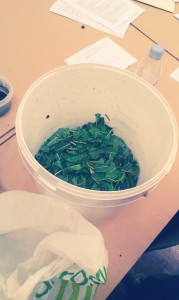
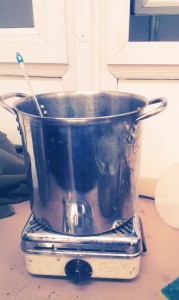


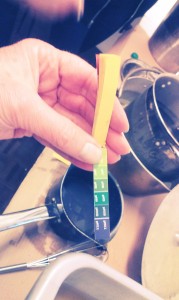

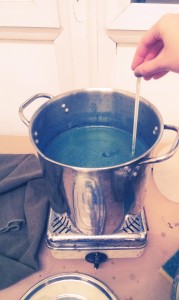



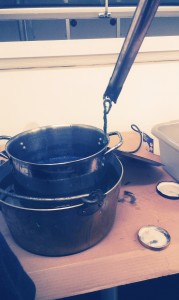


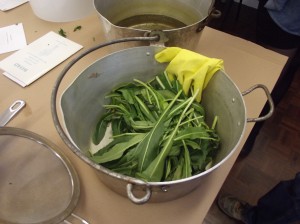
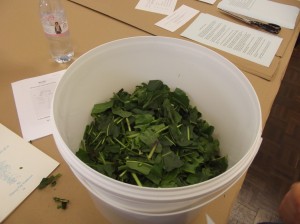

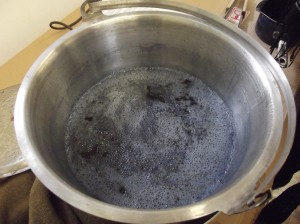


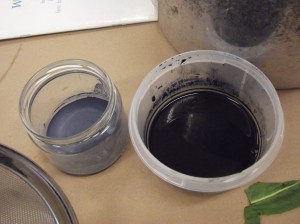
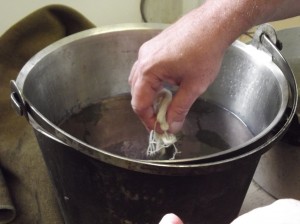
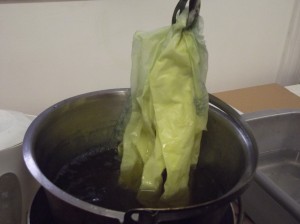
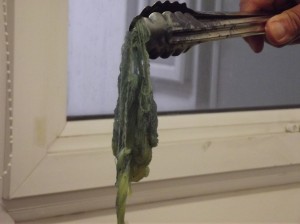
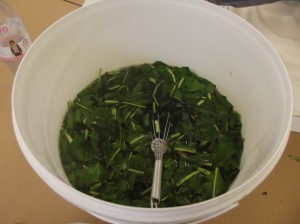
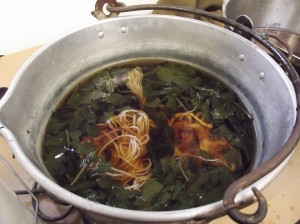
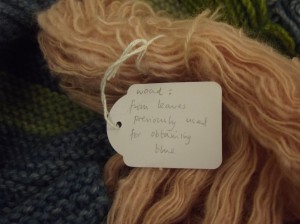


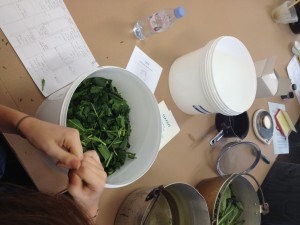
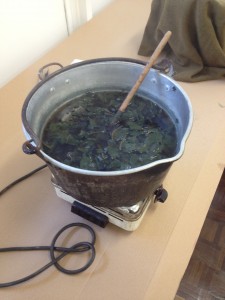
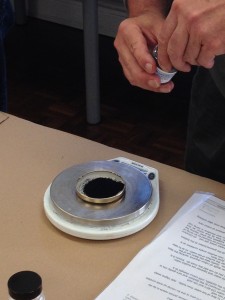
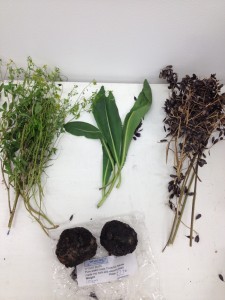
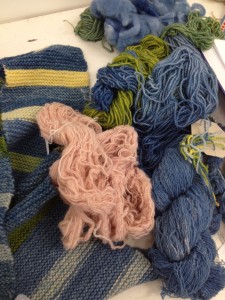
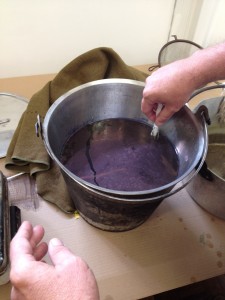
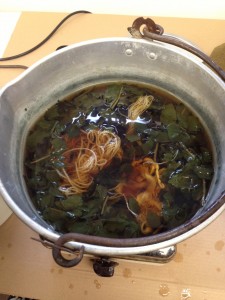
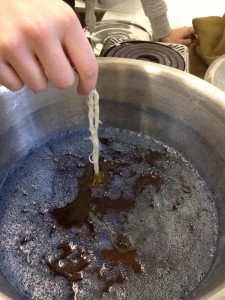
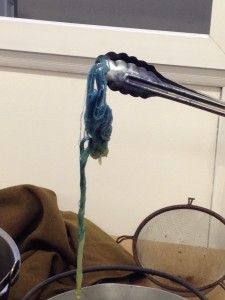
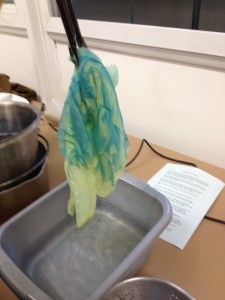
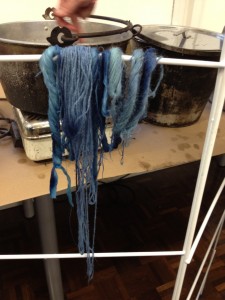
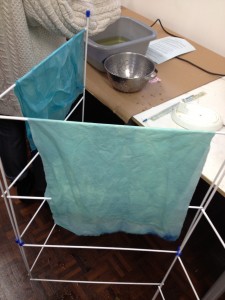
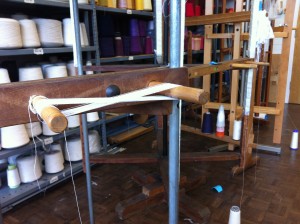
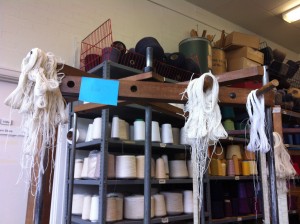
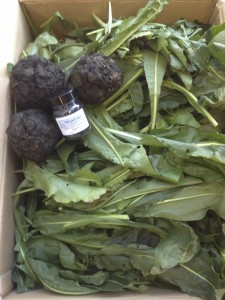
Recent Comments